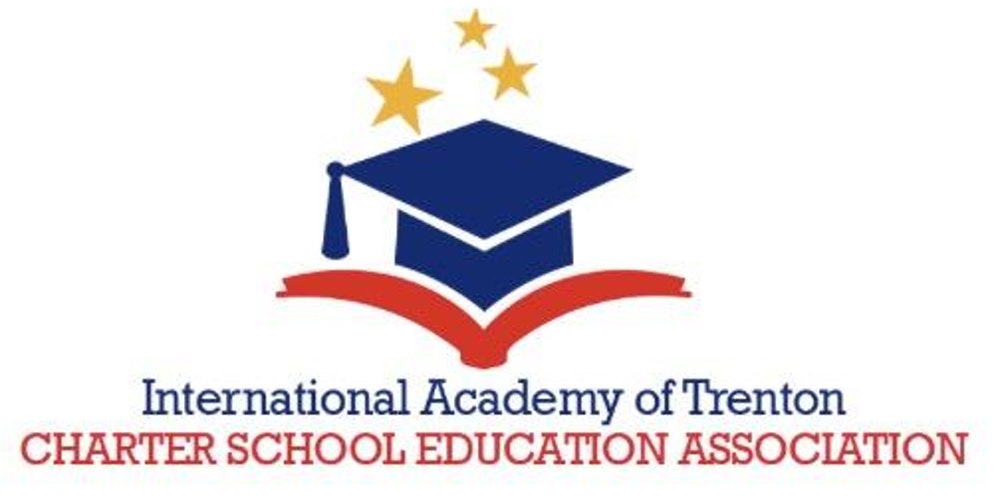The Star-Ledger reports that the International Academy of Trenton (IAT), a public charter school serving grades K-5, is being shut down for failing to meet student academic and social needs:
Kimberley Harrington, then commissioner of the Department of Education, in a Jan. 12 letter to IAT said the state was not renewing the charter because the academy “failed to provide a strong educational program and sustained organizational stability.”
A school performance report shows many students are chronically absent, while proficiency in math and English fall below benchmarks.
State data also showed 14.4-percent of the academy’s students were absent for more than 10-percent of the school year in 2016-17, almost double what would be needed for the school to be considered “excelling” in that category.
Former Commissioner Harrington made the right call.
If students aren’t learning, be it for chronic absenteeism or unstable leadership or poor instruction, then that school has no business enrolling children.
But where will those former International Academy students go?
To traditional Trenton schools, many with worse records of meeting student needs.
Why? Because public charter schools are subject to greater accountability than traditional public schools. In exchange, they receive more autonomy, although all public schools, charter or traditional, use the same course content (Common Core, renamed “New Jersey Student Learning Standards) and the same tests (PARCC, which, by the way, just got an “unconditional thumbs-up” for accurately measuring student growth). That exchange charter schools make — autonomy for accountability — is the inverse of traditional schools, which get less accountability and less autonomy. So the state doesn’t close down failing district schools. It sends them more money. It sends them state monitors. It orders them to submit Corrective Action Plans.
And so those former charter schools students, unless their parents can afford to move to a better district or send them to private school or get lucky in a charter school lottery, will go to:
Mott Elementary School, where 23 percent of students of are chronically absent and proficiency in math and English fall below benchmarks.
Or P.J. Hill Elementary School, where 29 percent of students are chronically absent and proficiency in English falls below benchmarks. (Math scores weren’t reported; not sure why.)
Or Martin Luther King Jr. Elementary School, where 22.8 percent of students are chronically absent proficiency in math and English fall below benchmarks.
Or Columbus Elementary School, where 22.3 percent of students are chronically absent and, while student growth is improving, proficiency in math and English fall below benchmarks.
Or Franklin Elementary School,
where 23.3 percent of students are chronically absent and, while student growth is improving, proficiency in math and English fall below benchmarks.
Or Grant Elementary School, where 21.2 percent of students are chronically absent and, while student growth is improving, proficiency in math and English fall below benchmarks.
Or
Gregory Elementary School, where 32.6 percent of students are chronically absent and proficiency in math and English fall below benchmarks.
In other words, those students from International Academy may very well end up in a school no better or even worse. We’ve got accountability right with charters. When will we get it right with traditionals?



